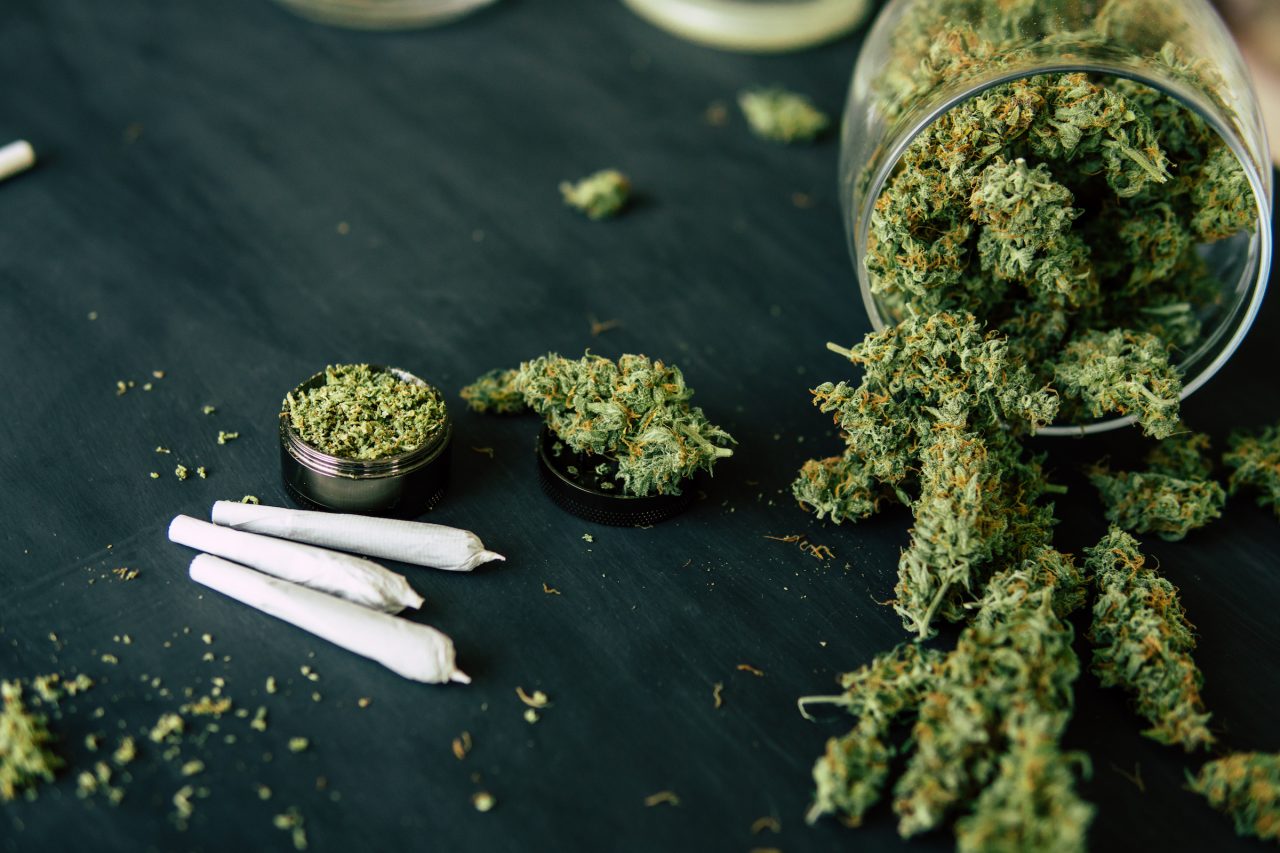Leaves of the maryjane plant
Most Americans imagine that driving while high on pot isn’t that risky, as indicated by a new Gallup survey.
Around 70% of individuals surveyed said that individuals who drive while disabled by cannabis are “a sorry issue” or just a “fairly major issue,” though only 29 percent said it was an intense issue.
Those in the 79 percent bunch are directly about the perils of liquor: In 2013, almost 33% of all lethal mishaps were brought about by liquor impedance, as indicated by the Centers for Disease Control and Prevention.
In any case, is it truly protected to drive while high on pot?
Despite the fact that weed hinders driving capacities, there aren’t information that show that it might expand auto collisions, said Benjamin Hansen, a financial analyst at the University of Oregon in Eugene and at the National Bureau of Economic Research, who has considered pot legitimization according to driving mishaps. Furthermore, if individuals who might conventionally drive drunk rather decide to smoke and drive, that might be more secure for the populace overall, he added. [11 Odd Facts About Marijuana]
Cannabis weakens driving
To be totally clear: It’s consistently more secure to drive when you’re not stoned, Hansen said.
An audit of 60 investigations introduced in 1995 at the International Conference on Alcohol, Drugs and Traffic Safety found that weed debilitates all the psychological capacities required for safe driving, including following, engine coordination, and visual capacity and partitioned consideration.
All things considered, driving while high may not be close to as perilous as driving while tanked.
The psychological debilitations brought about by maryjane are related with just unobtrusive decreases in driving execution in driving reenactments, as per a recent report in the American Journal of Addictions.
Furthermore, in an investigation distributed June 23 in the diary Drug and Alcohol Dependence, analysts found that individuals who utilized disintegrated pot were bound to weave inside their own path, than individuals who were calm, however not bound to weave out of their path or speed. Tanked drivers, paradoxically, were probably going to do each of the three.
Expanded mishaps?
The tie among maryjane and auto collisions is much shakier. For instance, albeit a recent report in the diary Public Health Reports found that 11 percent of drivers slaughtered in mishaps had taken in any event one medication, the connect to cannabis is muddled. Those drivers were not really utilizing cannabis, and regardless of whether they had the medication in their frameworks, that doesn’t mean they were high at the hour of the mishap, Hansen said.
It is extremely unlikely to quantify weed with a breathalyzer, so specialists use blood tests, however blood groupings of weed’s dynamic fixing THC can remain steadily high in ongoing clients. In rush hour gridlock casualty examines, any measure of THC in the blood, regardless of how minuscule, considers a positive medication test.
So probably a portion of individuals whose passings are included in such examinations might not have been high at the hour of the mishap, Hansen said.
In addition, a few examinations recommend cannabis clients can adequately make up for their impedances.
Individuals who are flushed “are truly impeded, and they don’t actually believe they’re truly debilitated,” Hansen disclosed to Live Science “They’ll drive quicker, they’ll follow vehicles at closer distances, they’ll make rash, a minute ago choices.”
On the other hand, individuals who are somewhat stoned might be more danger disinclined and overestimate their debilitation. For example, individuals who have smoked quite recently 33% of a joint will say they are impeded, in any event, when driving tests show no such impacts, as per a recent report by the National Highway Traffic Safety Administration.
“They’ll drive more slow, they’ll follow vehicles at more noteworthy distances, they’ll make a few moves that at any rate to some degree counterbalance the way that they’re hindered,” Hansen said.
Furthermore, in a recent report in the Journal of Law and Economics, Hansen and his partners found that in the year after clinical cannabis laws were passed, traffic fatalities fell. The most keen decreases were found in night mishaps and alcoholic driving or liquor related mishaps.
Hansen and his associates speculated that pot may really be diminishing mishaps since more individuals who might typically be drinking are rather utilizing cannabis. Nonetheless, it’s interesting to unravel the relationship, as traffic fatalities have been falling cross country for quite a long while, as indicated by the Insurance foundation for Highway Safety. Improved vehicle wellbeing, lower alcoholic driving rates generally or other obscure elements could assume a part in that decay, as indicated by the National Highway Traffic Safety Administration.
Lawful cutoff points
In the Drug and Alcohol Dependence study, inside path weaving started to happen once the individual’s blood levels came to around 13 micrograms of THC for every liter of blood. Truth be told, individuals with that degree of THC had similar degree of hindrance as individuals with a blood liquor substance of 0.08 percent, which is as far as possible for liquor in numerous states.
In any case, as far as possible for THC in Washington and Colorado is 5 micrograms for each liter not exactly a large portion of the sum discovered to weaken in that review. (Smoking a joint normally raises an individual’s THC levels to around 20 micrograms for each liter, Hansen said.)
The examination additionally found that weed and liquor additively affected hindrance, and individuals much of the time devour the two together, so legitimate medication cutoff points should represent these added substance impacts, the investigation found weedtobuy
